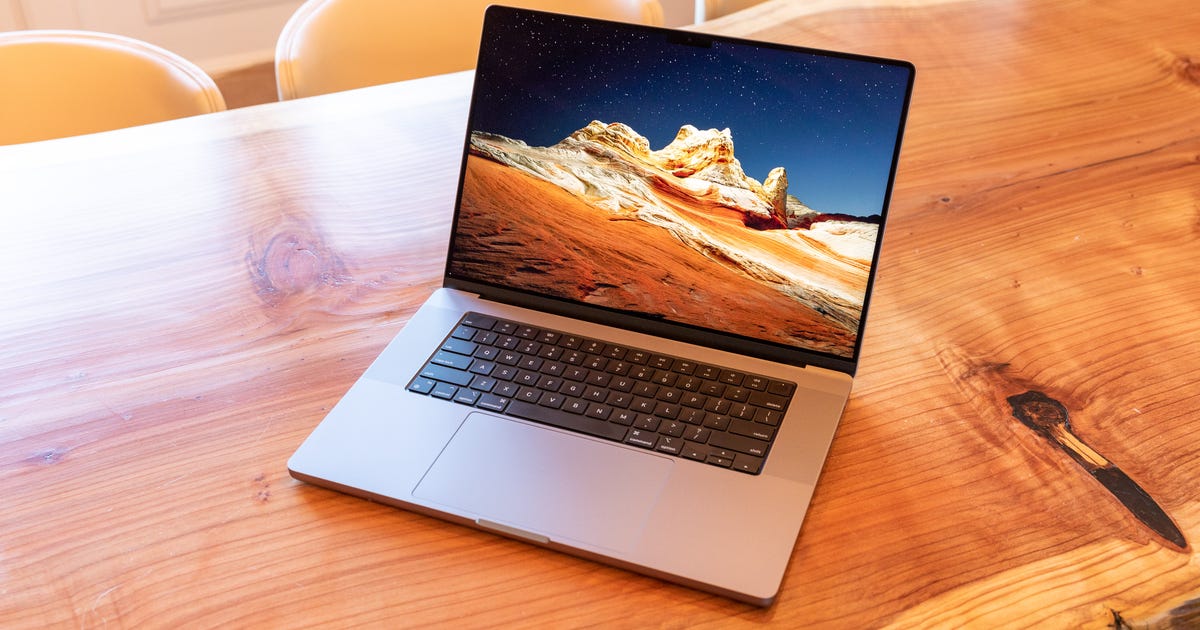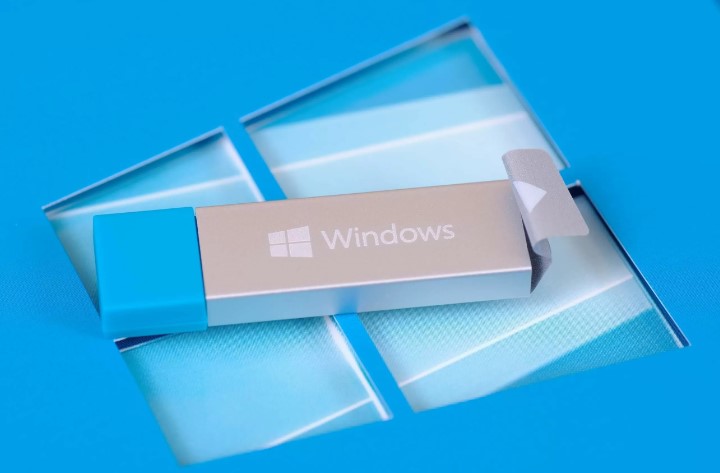In 2021, Apple and Intel gave you reasons to get excited about PC chips again


Apple’s 2021 16-inch MacBook Pro
Stephen Shankland/CNET
Personal computers got a lot more exciting in 2021 thanks to Intel and Apple. Intel got a new chief executive who has plans for the giant chipmaker to reclaim its faded glory. Meanwhile, Apple introduced Macs with its own powerful new processors that challenge Intel’s plans.
Processors — the electronic brains, also called chips, that power our smartphones, game consoles, cars and laptops — are foundational technology. Processors steadily got faster over the five decades since Intel launched its 4004 in 1971, encouraging manufacturers to push the technology into every corner of our lives.
As game consoles and cars got more interesting, however, personal computers became boring. Slight tweaks in processors accompanied by slight tweaks in software meant a 5-year-old laptop was just about as good as a 1-year-old laptop. Progress was much more visible in the smartphones we carry everywhere.
Intel and Apple aren’t the only chipmakers pushing forward. Qualcomm, strong in phones, is trying to conquer PCs as well. In January, it acquired chip designer Nuvia, a move it says will lead to faster Qualcomm PC chips in 2023.
Another chip giant, the plumply profitable graphics and AI specialist Nvidia, hit roadblocks during 2021. Rivals and regulators don’t like its $40 billion attempt to acquire Arm, which licenses technology used in every smartphone processor, worrying the deal could undermine rivals. The US Federal Trade Commission in December sued Nvidia to block the Arm acquisition after regulators in the UK opened a six-month investigation in November.
Nvidia’s business selling graphics processing units remains strong. But its chips aren’t changing PCs as much right now as new central processing units made by Intel and Apple. A faster CPU speeds up everything in a computer, not just graphics and some computing tasks like AI that GPUs can boost.
Signs of Intel revitalization
Intel had once defined cutting-edge chip technology but struggled for half a decade to improve its manufacturing process. New Intel Core chips were often tweaks to an existing design or a model limited to narrow markets like ultralight laptops. Competitor AMD, which uses more advanced chip building at Taiwan Semiconductor Manufacturing Co., or TSMC, showed successes with high-end PCs like gaming rigs.
In 2021, Intel’s Alder Lake chips, formally called 12th Generation Core processors, showed some progress. The new chips adopt an approach used for years in phones that combines fast performance cores, which do the heavy lifting, with slower efficiency cores that handle background tasks. Right now, Alder Lake chips are only in desktop machines. But they’ll arrive in laptops in early 2022 and let Intel wean itself from reliance on older manufacturing methods.
As Intel righted its manufacturing, it brought on a new leader determined to speed up the progress.
Pat Gelsinger, the company’s former chief technology officer who left in 2009 to run storage and software companies, returned as chief executive in February. Gelsinger’s plan to rescue Intel involves speeding up Intel’s manufacturing progress, spending more than $200 billion on new chipmaking plants and making chips for other companies. His plans are music to the ears of politicians eager to keep more manufacturing from moving to China and other Asian countries.
The plan, assuming it stays on track, will take until 2025 to surpass the efforts of chipmaking rivals. Still, it got the tech world excited.
Apple advances to power users
Intel’s troubles didn’t exist in a vacuum. The chipmaker’s struggles encouraged Apple to make changes to its popular Mac computers, ejecting Intel from much of its lineup and using its own M1 design instead. Its first computer chip, a cousin to the A-series chips in iPhones and iPads, was geared for mainstream MacBooks for which battery life is a bigger priority than speed. In 2021, Apple proved its chips had the muscle to power MacBook Pros, too, with the M1 Pro and M1 Max.
The higher-end M1 chips added more processing cores, graphics power and memory for customers such as video editors and programmers, who heavily tax hardware resources. Glowing reviews put to rest any concerns that Apple’s chips weren’t powerful enough.
Apple’s chips don’t show up in Windows laptops, so most people using personal computers will still need Intel or AMD chips. But Apple’s success should fuel the Mac versus Windows PC rivalry for years to come.
The chip shortage drags on
New chips are only useful if you can get them, and in 2021 that was a profound problem. A shortage that began with the COVID-19 pandemic was exacerbated by the growing demand for processors in toothbrushes, washing machines, pickup trucks, doorbells and anything else with a power cord or battery.
The result has been a lingering chip shortage that halted manufacturing for all major automakers and kept the latest Microsoft, Nintendo and Sony game consoles out of eager gamers’ hands. Even Apple, famous for securing supplies of components years in advance under the leadership of CEO and supply chain master Tim Cook, has struggled to deliver products as fast as consumers want to buy them.
Intel’s Gelsinger thinks the worst is over, though, he acknowledges problems will linger through 2023. Some fear it’ll persist until 2024.
One effect of the shortage has been increased political will to subsidize chip manufacturing in the US. A bill called the CHIPS Act stands to lavish $52 billion on chipmakers, a funding level that would cut the price of a new chip fab down from about $10 billion to $7 billion. Unsurprisingly, Intel is a big fan of the plan and along with many other tech companies is pushing Congress to approve funding.
Meanwhile, the chip industry, ever on the lookout for new approaches, has new ways to take on giants like Intel, Apple, Qualcomm and Nvidia for the benefit of consumers and data center operators.
Chipmakers are building the world’s biggest processors to supercharge artificial intelligence technology. Google has its own Arm-family chip, Tensor, that brings its AI expertise to its Pixel 6 phones. The RISC-V International alliance also boasts dozens of companies like Alibaba and SiFive working on a cheaper alternative to Arm’s designs.
With Intel and Apple leading the charge, expect chips to get a lot more exciting in the next 12 months.







